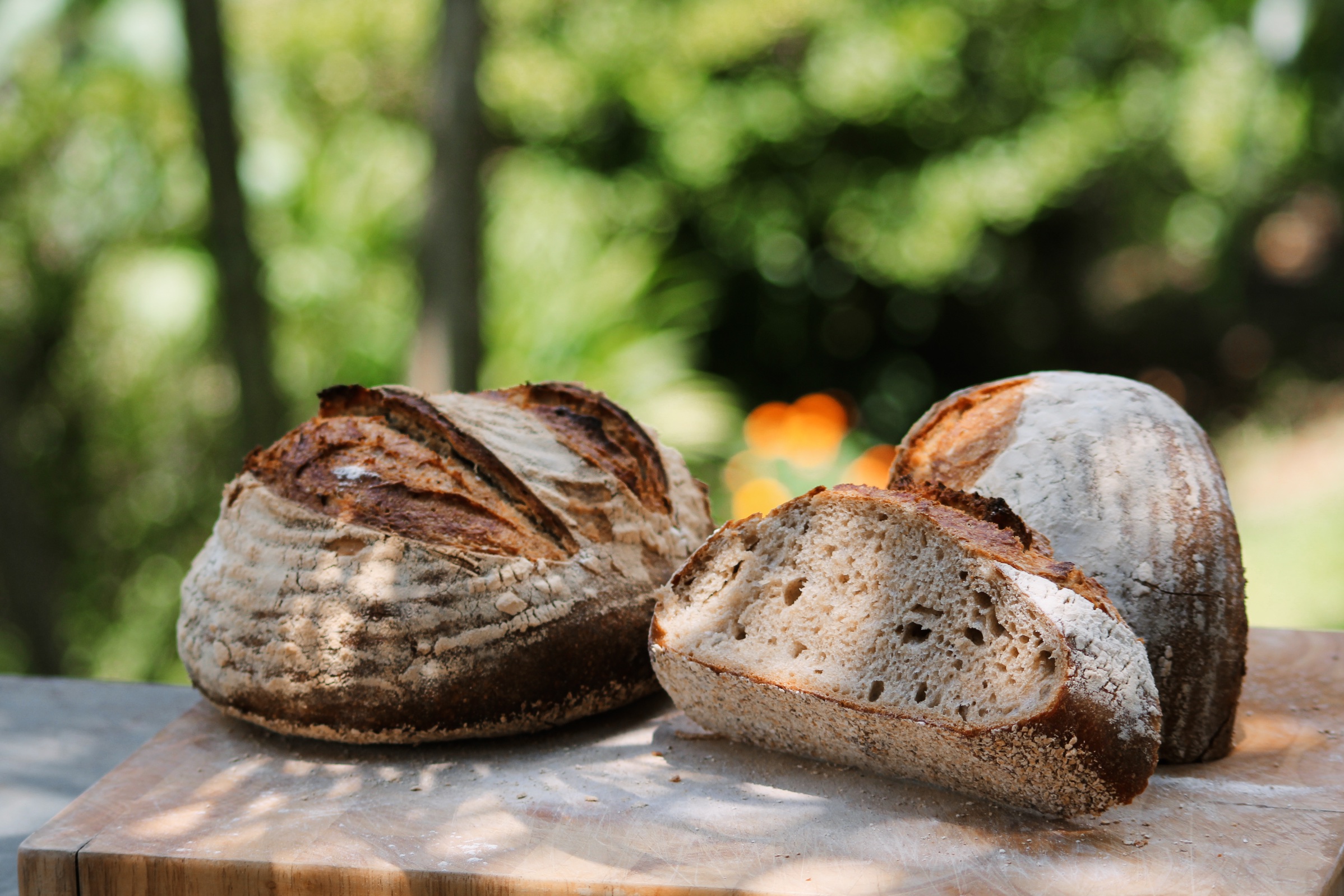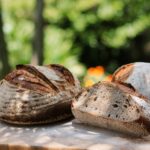I had never experienced Sourdough bread until I moved to New York City in 2009. I remember it clearly, my first few months there, I was on the tourism trail, ticking off as many of the highlights as I could. At that point, I just had been assigned to a project for just one year, so I had to do the things that others tell us we must do.
One of them was, of course, Katz Diner in the Lower East Side. Famously, Sally, from When Harry met Sally, climaxed at the table over a pastrami on rye sandwich. Since then, the Diner has been selling sandwiches by the bucket load, but coming up short on the climaxes.

But damn, it was a good sandwich, and the bread struck a chord with me. I would buy sourdough bread from a small Jewish bakery on the Upper West Side, later on from the bakery just off of Bedford Ave in Williamsburg. It was cheap, delicious and it’d see me the week.
When I couldn’t get the bread fresh, I discovered Bread Alone, a small outfit of Artesenal bakers in upstate New York. They’d bake fresh bread and deliver it to some of the Cities stores and Supermarkets daily. I tried all of their style, but always found myself going back to the Sourdough. The tang, the chewy crust, the aerated pockets all the way through the loaf. I never really thought much about the process, however. I was ignorant to the skill and time that goes into baking these breads.
When I left NYC to move to São Paulo, I discovered these amazing bakeries, that sold everything. You could get the normal things you’d expect from a bakery, plus your beers, groceries and even dinner.
Unfortunately, I don’t think Brazilians take their bread very seriously. I found myself just buying the same crappy bread again and again, Pão Frances. It’s a small baguette style roll, made with commercial yeast, cheap flour and baked by the thousand, all over Brazil every day. It’s cheap, it’s sort of tasty but it lacks in everything else. The bread is salty and light, it doesn’t satisfy much of anything at all, but just leaves you wanting more, and that’s not necessarily a good thing.
Once Tati and I moved to the farm, 18 months ago, we found ourselves without the luxury of a bakery, or market, or anything in fact, close by. Everything required getting in the car and driving some KM’s to stock up. We started growing things and eating what was on the trees here, and we started shopping once a week and planning ahead a lot more.
We also started to bake our own bread. Firstly, basic recipes with commercial yeast, then we moved onto wholegrain breads, but still using commercially manufactured yeast. It wasn’t until I sat down with a small book and read about sourdough, the natural levain, and the processes one needs to go through to make their own. It seemed confusing at first, like catering for a tamagotchi of yesteryear, but I slowly found a rhythm and after a couple of attempts and a couple of weeks, I had a vibrant, tangy smelly, active starter.

To begin with, I baked a fail safe sourdough recipe, that also called for a pinch of commercial yeast, to kick start things right away, but as I started to get regularly decent results with that, I took the plunge in using just my yeast, water and flour, to make our own bread.
There were disasters, there were paper weights, solid bricks of baked flour, there were swear words, there were cut fingers and there was confusion. A lot of confusion.
It’s a living thing, this yeast, it gets pissed off if its too hot, too cold, not fed enough, (although, it’s quite happy to be over fed) and the dough will overproof if left too long during bulk ferment or the final proofing. It can seem erratic, but once you start doing it more often, there are patterns and you begin to understand this things behavior, and its beautifully simple really. Unlike a tamagotchi. The fuckers.
Now I have 4 recipes, a plain white sourdough, a rye sourdough, a multigrain sourdough, and a wholewheat sourdough. It doesn’t tick all the boxes, but it gets close. I want to eventually play with dried fruits, nuts, olives and things like that. I want to make a special batch of fig bread, with the figs from our trees here, but that’s one for next fig season though!
There are many journaled reasons as to why Sourdough is a better health choice to make when choosing bread. For me, it is easier on the gut, and it tastes fantastic, plus I enjoy the process. But, there are many reasons why even those with an intolerance to gluten, can enjoy bread. The long fermentation process (totalling 12 hours for my batches, but others ferment up to 36) breaks down a lot of the slightly less gut-friendly starches in the bread. This gives the bread a lower glycemic index, meaning we see a slower release of the foods contained energy and reduces the risk of blood sugar spikes. The long fermentation process also breaks down the complex gluten structures in the bread, turning them, instead, into amino acids that our bodies are more receptive too, and also, far easier to digest. Additionally, this long fermentation creates an increase in the lactic acid, thus maintaining a pH that is neither too acidic nor alkaline for the body.
All in all, it’s just something that our bodies can process a lot easier than commercially created bread, explicitly due to the long fermentation process. Not to mention it tastes good, and can last up to a week. The acetic acid which is produced along with lactic acid helps to preserve the bread, inhibiting mold growth.
For us, it’s good for sandwiches for up to 3 days, toast up to 5 days and after that it makes banging french toast, or bread crumbs for other recipes. Nothing is wasted.





